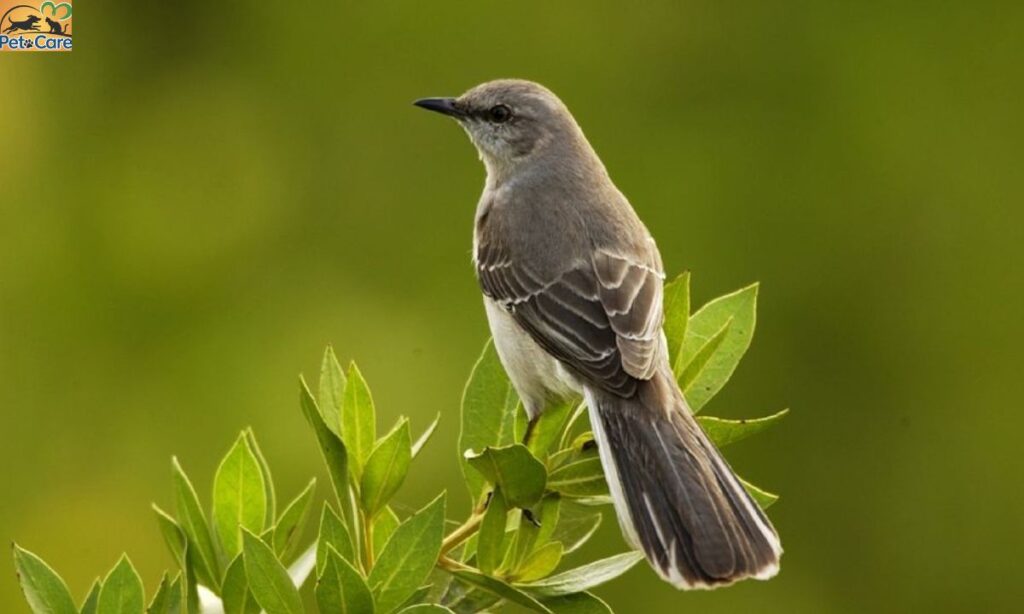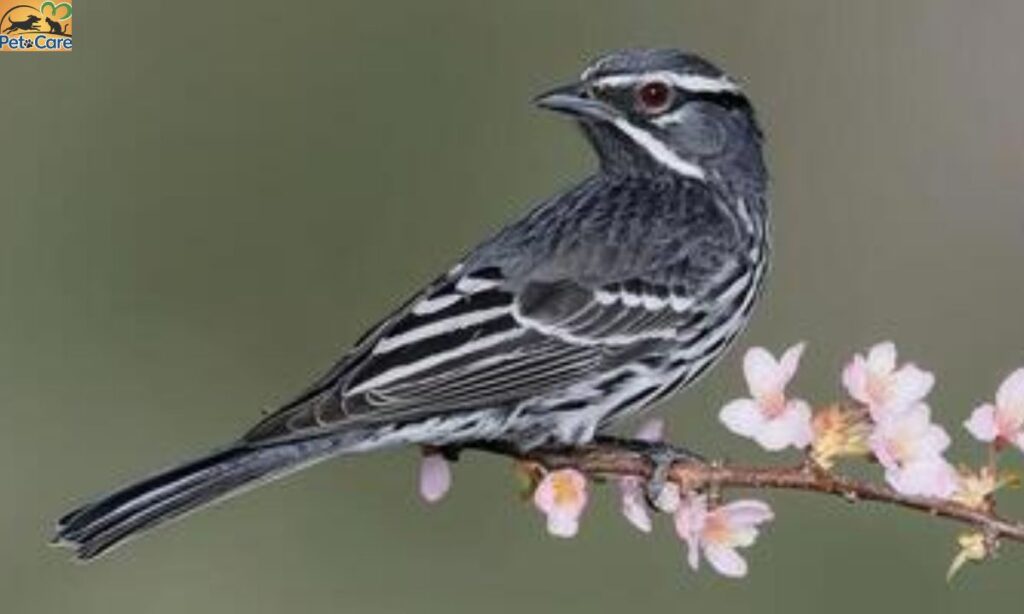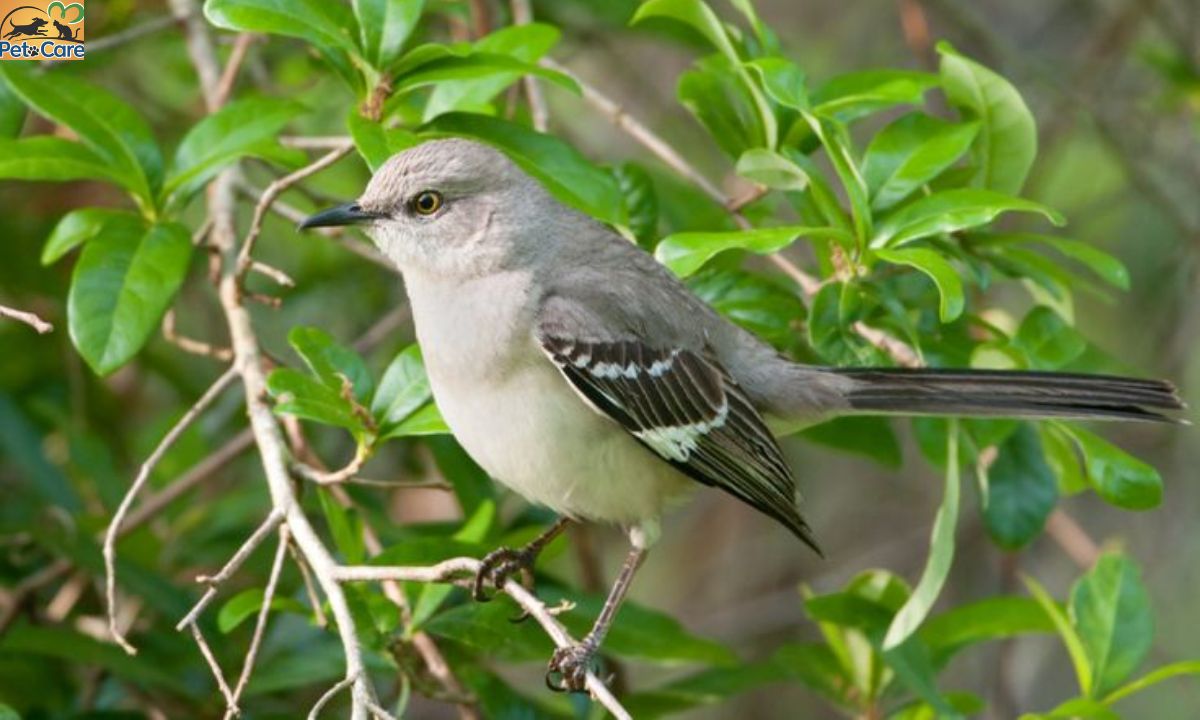Arkansas is home to diverse landscapes and rich wildlife, and the Northern Mockingbird Mimus polyglottos was officially designated as the state bird in 1929.
This bird, known for its impressive vocal range and adaptability, embodies the spirit of Arkansas. Let’s explore the significance, appearance, and facts about the Northern Mockingbird and its role in Arkansas.
All About the Arkansas State Bird
The Northern Mockingbird is a unique bird with a distinctive song, making it one of the most fascinating creatures in the state. This bird is known for mimicking the calls of other birds,
Animals, and even mechanical sounds. Its ability to imitate various sounds has made it a symbol of diversity and adaptability in Arkansas.
Why Did Arkansas Choose the Mockingbird as Their State Bird?
The Northern Mockingbird was chosen as the state bird of Arkansas because of its widespread presence and musical ability. It is found throughout the state, from urban areas to rural farmlands,
The Mockingbird’s resilience and territorial nature are characteristics that resonate deeply with the state’s identity. These birds are often seen perched on fence posts, trees, or rooftops, singing their diverse repertoire.
Read This Blog; Where to Take an Injured Bird Near Me
What Does the Mockingbird Look Like?
The Northern Mockingbird is a medium-sized songbird with a slender, gray-brown body, making it an easily identifiable species. Below are key characteristics that help you recognize this bird
- Size: The mockingbird is about 10-11 inches long, with a wingspan of about 13-14 inches. Its medium size makes it distinctive but not too large to stand out.
- Coloration: It has a grayish-brown back, a white belly, and distinctive black-and-white markings on its wings. The Northern Mockingbird also has a long, thin tail with white patches on the outer feathers.
- Facial Markings: Its face is pale with a thin dark line running through the eye. This gives the bird a striking appearance against its lighter body color.
- Song Features: The Mockingbird has long, sharp wings and a straight beak, which helps it sing its diverse range of songs.
Why Is the Song of the Mockingbird So Famous?

The Mockingbird’s song is renowned for its complexity and variety. A Mockingbird can mimic over 200 different sounds from other birds, animals, and even mechanical noises.
This ability to mimic sounds is what makes the Mockingbird’s song so famous and unique. Here’s why:
A Melodic Master of Imitation
Mockingbirds are known to repeat the same melody several times, often mimicking sounds they hear in their environment. From the calls of other birds, to dogs barking, to car alarms, Mockingbirds are versatile singers.
Their song is composed of a series of short phrases that they repeat in different variations, creating a dynamic performance that seems to change with every new note.
Cultural Significance
In Arkansas, the Mockingbird’s song is associated with the state’s natural beauty. It’s not only a joyful sound that fills the air during the spring and summer months but also a symbol
Arkansas’ connection to nature. The song serves as an auditory representation of the state’s diversity, where different landscapes and environments are woven together in harmony.
More Facts about the State Bird of Arkansas
The Northern Mockingbird has a range of fascinating facts that highlight its adaptability and importance in Arkansas’ ecosystem. Let’s explore some lesser-known facts about the state bird of Arkansas:
- Territorial Behavior: Mockingbirds are known for being fiercely territorial, especially during the breeding season. They will aggressively defend their nesting sites, chasing away other birds or animals that come too close.
- Breeding Season: The breeding season for the Northern Mockingbird generally starts in spring and can last until late summer. During this period, they often construct nests in shrubs or trees using twigs, grass, and other plant materials.
- Diet: Mockingbirds are omnivores. They feed on a variety of food items including insects, fruits, and berries. Their diet changes with the seasons and available resources.
- Lifespan: The average lifespan of a Northern Mockingbird is about 8 years, though many don’t survive to adulthood due to predation.
- Migration: While some mockingbirds migrate, others remain year-round in Arkansas, especially in milder areas.
Other Animals in Arkansas

In addition to the Northern Mockingbird, Arkansas is home to a variety of fascinating wildlife. Here are a few animals commonly found in the state:
- White-tailed Deer: Common in forests and fields, these deer are a symbol of Arkansas’ natural landscapes.
- Arkansas Razorback: The state’s wild pig, often associated with the University of Arkansas, is a distinctive part of the state’s identity.
- Bald Eagle: A national symbol, Bald Eagles are frequently seen near large bodies of water in Arkansas.
- Red Fox: These intelligent mammals are found throughout the state, often in wooded areas.
- Eastern Box Turtle: This slow-moving turtle is common in forests and fields across Arkansas.
These animals, like the Northern Mockingbird, highlight the biodiversity of Arkansas and its importance as a natural habitat.
Read This Blog; How Many Rings Does Bird Have
Post Navigation
To continue learning more about Arkansas, here are some fascinating topics you might find interesting:
- Legend of the Fouke Monster in Arkansas: Explore the legend of a mysterious creature said to roam the swamps of southern Arkansas.
- Love Letters From Romance, Arkansas: Discover the story of Romance, Arkansas, where people send letters to lovers in the town known for its romantic name.
- 18 Delicious Foods In Arkansas You Have Got to Try!: Dive into the unique culinary scene of Arkansas, with dishes ranging from barbecues to catfish.
- Visit the Trumpeter Swans in Arkansas: Learn about the majestic swans that migrate to Arkansas.
- Southwest Arkansas: Varied and Fascinating: Discover the rich cultural and natural landscapes of southwest Arkansas.
- Northwest Arkansas: Gorgeous and Growing: Explore the beauty and development of Northwest Arkansas, one of the state’s fastest-growing regions.
Frequently Asked Questions
What is the state bird of Arkansas?
The Northern Mockingbird is the official state bird of Arkansas, chosen in 1929.
Why did Arkansas choose the Mockingbird as their state bird?
The Mockingbird was chosen because of its presence across the state and its ability to mimic over 200 sounds, symbolizing the diversity and adaptability of Arkansas’ wildlife.
What does the Mockingbird look like?
The Northern Mockingbird is medium-sized with a grayish-brown back, white belly, and black-and-white wing markings.
How many songs can the Mockingbird mimic?
The Northern Mockingbird can mimic up to 200 different sounds, including other bird calls, animal noises, and mechanical sounds.
What do Mockingbirds eat?
Mockingbirds are omnivores and feed on insects, fruits, berries, and seeds. Their diet can change with the seasons.
Conclusion
The Northern Mockingbird holds a special place in the hearts of Arkansans. Chosen as the state bird in 1929, this bird represents not only the diversity of Arkansas’ wildlife but also the song of the land.
Its ability to mimic sounds, coupled with its widespread presence across the state, makes it an iconic symbol of Arkansas. Whether perched high on a tree, singing its diverse songs, or defending its territory, the Northern Mockingbird is a true testament to the beauty and adaptability of nature in Arkansas.


